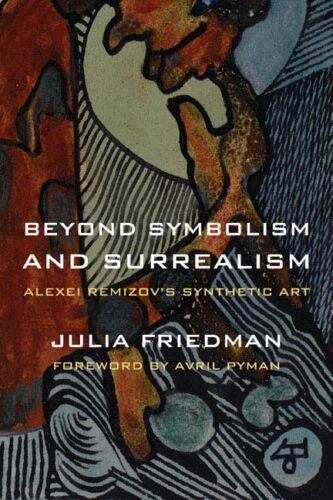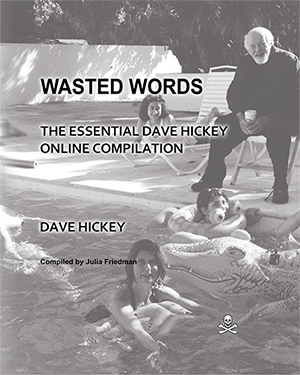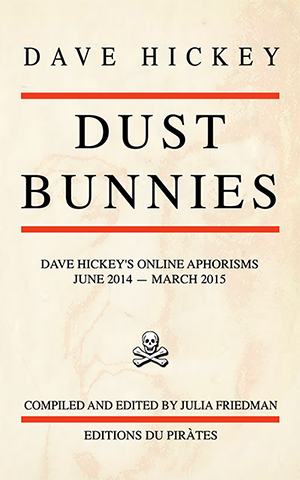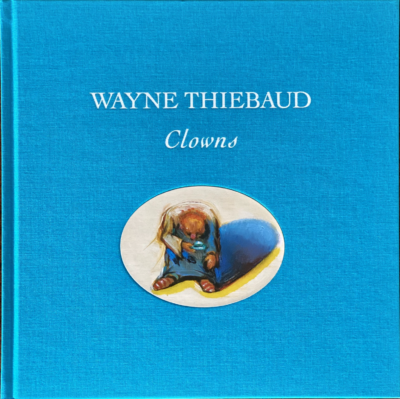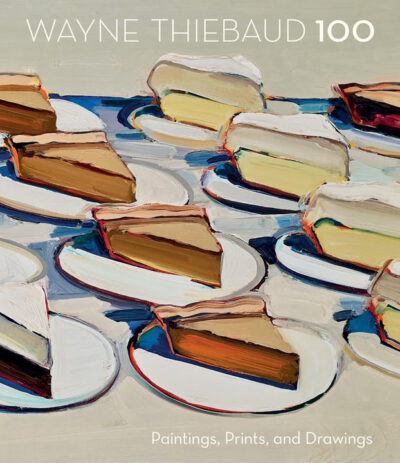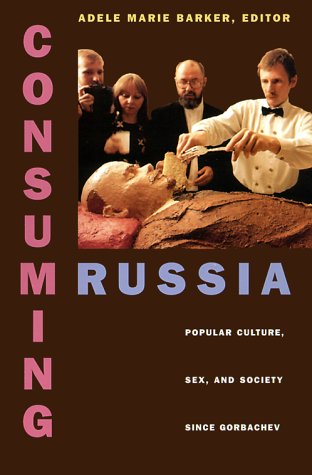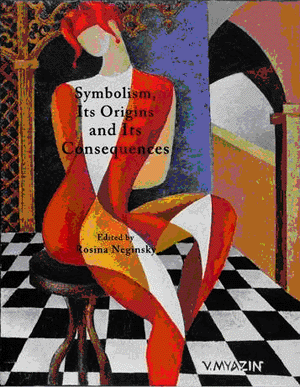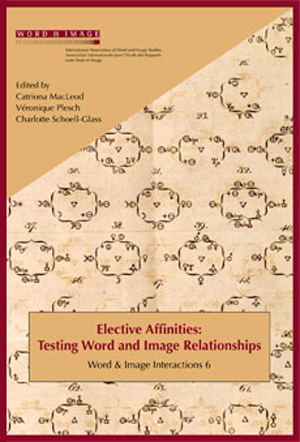America’s Favorite Television Artist Strikes Again
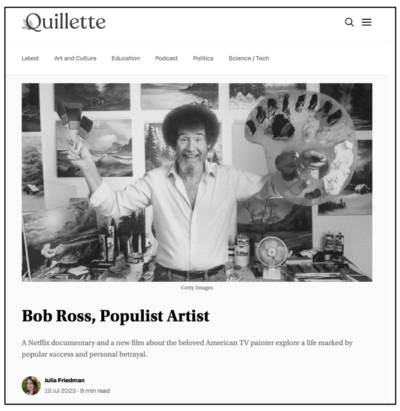
The Joy of Painting—a TV series hosted by American artist Bob Ross, on which he would conjure up Alaskan landscapes in just 27 minutes of airtime—ran for 403 episodes between 1983 and 1994. Eventually syndicated to almost 300 PBS stations nationwide, it attracted over 80 million daily viewers of varying ages and backgrounds. According to research conducted by Bob Ross, Inc., only three percent of these viewers actually painted along with Ross. The rest just watched, mesmerized by the pioneer of autonomous sensory meridian response.
Ross’s hushed, melodic tones, the gentle rasp of his brush against canvas, and the scraping of his palette knife combined to send the audience into a pleasurable stupor as enchanting snowy mountains or verdant bluffs appeared before them on a double primed 18” x 24” canvas. Ross succumbed to blood cancer in 1995 at the age of 52, but on what would have been his 73rd birthday, Twitch.tv streamed a nine-day marathon of his show to a viewership of five and a half million. This added a fresh cohort of Millennials and Zoomers to his audience, and together with over 450 million views of The Joy of Painting on YouTube cemented his iconic status in 21st-century American culture.
With all this publicity, it was hardly a surprise when, in 2018, the Wall Street Journal published an article titled, “A Renaissance for Bob Ross: Fans want the ‘Joy of Painting’ Host to Have a Spot in Art History.”Ross’s advocates maintain that he deserves to be recognized as more than the mere educator and “television artist” he considered himself to be (at least according to the inscription on his tombstone). They see him as a canonical, prominent, and prolific landscape painter. I felt compelled to weigh in on this debate in a piece for the New Criterion, where I pointed out that, since museums now routinely celebrate artists using criteria such as preferred identity or social stance, the exclusion of Ross’s kitschy landscapes looked snobbish and disingenuous, if not outright discriminatory towards the middlebrow culture he personified.
The “happy clouds” and “happy trees,” about which Bob Ross murmured to his audience, were his way of demystifying painting. By bringing his workshop into the homes of his viewers, Ross liberated art from its elitist strongholds in museums and galleries. He boldly declared that “there is an artist hidden at the bottom of every single one of us” and that he would strive to reveal that hidden artist. This mission resonated with America’s populist spirit. Why shouldn’t the paintings of Bob Ross grace the walls of American museums alongside the works of Tanya Aguiñiga and Peter Bradley?
That is the question posed by filmmaker Joshua Rofé, the director of a 2021 feature-length Netflix documentary titled, Bob Ross: Happy Accidents, Betrayal & Greed. Rofé had been wondering why some American artists thrive in any given period. He selected Ross to represent the prototypical ’80s artist over Julian Schnabel, Cindy Sherman, or Keith Haring, who back then were omnipresent in the pages of the blue-chip Artforum magazine. But although Rofé’s documentary began as an evaluation of what made Ross massively popular, it ended up as a constrained exposé of Shakespearean-grade malevolence on the part of his business partners.
Annette and Walt Kowalski—the masterminds of what one of Ross’s close friends John Thamm calls “Grand Theft Bob”—have proved to be so litigious that, according to Rofé, five people slated to be interviewed for his film bailed out, for fear of being sued. The story, in all its splendid and detailed cruelty, was valiantly covered by the Daily Beast in a comprehensive article, Sex, Deceit, and Scandal: The Ugly War Over Bob Ross’ Ghost, published four months before the release of Rofé’s documentary. But for whatever reason, this remarkable essay disappeared under the radar, so in the run up to the film’s premiere fans continued to speculate about precisely who had betrayed whom.
Before I read the Daily Beast article, I expected that the story would be about Bob Ross betraying the original television painter Bill Alexander. Ross had studied under Alexander, then worked for him, and was even handed “the almighty brush” by his mentor on camera. When Ross’s fortunes rose, however, the men became rivals—as television painters and as promoters of lucrative art supplies— and their relationship soured. It probably did not help that, aside from adopting Alexander’s technique, Ross virtually copied his mentor’s entire line of materials. In a 1991 New York Times profile, Alexander’s bitterness was evident: “He betrayed me … I trained him and he is copying me—what bothers me is not just that he betrayed me, but that he thinks he can do it better.”
I spoke about this rift in an interview I gave for Rofé’s Netflix documentary, but the Ross-Alexander quarrel did not turn out to be the focus of the film. As the filmmakers interviewed those who knew and worked with Ross, they soon realized that the shenanigans of Bob Ross, Inc. were so preposterous that this story had to take precedence over Ross’s use of the alla prima technique or his all-American appeal. The heartbreaking tale of Ross scrambling to rewrite his will and protect his intellectual property, while enduring debilitating rounds of chemo and radiation therapy, became the documentary’s leitmotif. The plot involving Ross’s rivalry with Alexander seemed trivial in comparison.
The pivot towards human drama also meant that attention was diverted from Ross’s actual achievement of using the populist platform of television to democratize painting. He took one of the most complex and time-intensive activities known to man and made it appear simple and accessible. But tales of personal misdeeds make for more compelling entertainment. Given the amount of real-life drama around Ross, even the best-intentioned documentary treatment of his story is prone to focus on that drama at the expense of any other narrative. And if it is not the storytellers who succumb to the temptation of foregrounding human drama, the audience might misconstrue what they see on the screen as an ideological struggle du jour. This is unfortunately what happened with the latest cinematic depiction of the iconic painter.
In April 2023, writer-director Brit McAdams took another stab at the Bob Ross story in a film called Paint, which stars Owen Wilson as Carl Nargle, a Vermont- based TV painter modelled on Ross. McAdams’s film was panned by critics and received equally poor audience ratings. The New York Times described it as “a comedically inert parody of male privilege,” while others decided that Nargle was a “technology-averse sexual predator” and a “smooth operator,” guilty of “toxic male delusion” and “toxic self-deluded male myopia.” The public, meanwhile, was displeased by the film’s slow pace and its various “mistakes.”
Personally, I found Paint to be thought-provoking and funny, but a full understanding and appreciation of the film requires knowledge of both the art- world in-jokes and obscure facts about Bob Ross’s biography. That inevitably shrank the target audience down to the same size commanded by scholarly monographs—in the hundreds at best. Denizens of the professional art world might enjoy the philistinism of the film’s museum director, but these insiders are not Bob Ross aficionados and are likely to miss out on the Ross trivia that makes the film such a delight. Ross’s fans, on the other hand, have disliked the artistic liberties McAdams took with the facts of Ross’s life and were not receptive to the comic callousness of an emerging painter toadying up to an established older colleague while backstabbing him.
Those familiar with the details of Bob Ross’s life will see that, beyond the physical likeness and the mannerisms aped by Wilson, Nargle is equally revered by the elderly, the middle-aged, and the young. His admirers include the residents of a retirement home, a young man who tells Nargle that he has been “going to a special place” with him since he was nine, and a couple of slack-jawed barflies who gawp at Nargle’s show on the television set mounted above the liquor shelf. This is a neat detail, since Ross first encountered Bill Alexander’s TV painting lessons in an Alaskan bar. Bob Ross was himself such a barfly who took seriously Alexander’s promise that anyone could become a painter.
Nargle’s van seems to be another nod to Alexander, who drove a Volkswagen van that functioned as his home, studio, and gallery. He used its picture windows to display his paintings and had “The Old Master Painter from the Faraway Hills” inscribed on the side of the vehicle. In the film, the vanity plate on Nargle’s van reads, “PAINTR.” Ambrosia, the young woman who swoops in to supplant Nargle on his TV program spot, has “PAINTER” on her license plate, and Nargle mocks her for including the final “E,” explaining that a real artist would never spell such things out in that way. This seems to be a joke at the expense of the real Ross, a hotrod enthusiast who drove a silver 1969 Corvette with a vanity plate that simply read, “BOB ROSS.”
This is just one of the ways in which Paint turns the Bob Ross/Bill Alexander drama inside out. While Nargle is most obviously (if loosely) based on Ross, McAdams has incorporated elements of Bill Alexander’s story so that his protagonist ends up being a composite of the two men. Nargle is the one who ends up being pushed aside by his young protégé, as Ambrosia credits him with inspiring her to paint but believes she can do it better. So, in this version of the story, Nargle is Bill Alexander to Ambrosia’s Bob Ross.
The theme of betrayal is prominent in the film, and despite lashings of comic relief, there is a lingering sadness. When Nargle’s television gig is finally terminated, he is assured that it is not because he is old, but the truth is that someone younger and more telegenic has filled his place. Even his 4,274 paintings of Mt. Mansfield are unwanted. The parochial yet pompous art historian Dr. Bradford Lenihan, director of the local art museum, informs Nargle: “Sadly, we just had the walls painted. And that’s something we are showing off too. The beauty of the museum itself.” His demeaning suggestion is to donate the paintings to Motel 6 or the Red Roof Inn. To add insult to injury, on the way out of the museum Nargle spots a bad painting by Ambrosia. Out with the old, in with the new.
Nargle’s paintings at last become valuable after most of them are destroyed in a studio fire, and the artist himself is presumed dead. Posthumously, he suddenly regains his early popularity and people line up to see his work once more. The museum scrambles to acquire a painting, and the PBS station director has to dumpster dive to retrieve one he had discarded. Now in hiding, Nargle looks for ways to paint while remaining anonymous. Patient viewers who sit through the credits of Paint are rewarded with a clever resolution—Nargle becomes “Blanksy,” swapping his dinky easel landscapes for gigantic, surreptitiously painted barn- wall stencil murals. (This witty denouement has a real-life point of reference: in 2021, the artist known as Banksy created a Bob Ross-narrated process video titled Create Escape, the subject of which was Oscar Wilde escaping from Reading Gaol.)
The synopsis of Paint on the movie’s website judiciously avoids any direct references to Bob Ross. All it says is:
Owen Wilson stars as Carl Nargle, Vermont’s #1 public TV painter who is convinced that he has it all: a signature perm, custom van, and fans hanging on his every stroke… until a younger, better artist steals everything (and everyone) Carl loves.
Nargle sports Ross’s iconic perm and dresses the same. He speaks in a similarly hushed melodic voice, has numerous female fans, and cheats on his girlfriend. In real life, infidelity allegedly caused the collapse of Ross’s first marriage, and during his second, he was known to have paramours along his traveling-painter route. Sexiness was part of his brand, and Bob Ross played up his sex appeal, borrowing the scruffy beard and shaggy hairdo from the male model in the first edition of The Joy of Sex. He admitted that while addressing his TV audience he imagined himself talking to a woman in bed. Even his trademark beating of the “almighty brush” on the easel, which caused the cameraman to wear a raincoat to protect his clothes, was less practical technique than a symbolic display of virility.
By contrast, Carl Nargle has only a patina of sexiness. His sex appeal is simply a product of the adulation directed at him by female admirers, and when they turn away from him to worship Ambrosia, it disappears. Like the perm on his head, it was artificially induced and temporary. And as it turns out, he is not the sexual predator in the movie after all. That role belongs to Ambrosia, who flirts her way through the Vermont PBS station, bedding two of her admirers—Katherine, whom she poaches from Carl, and Wendy, who used to be Carl’s groupie. When the two women meet Ambrosia’s family (who seem to be suspiciously used to such introductions), it turns out that they went to school with her mother and grandmother respectively. Were Ambrosia a man, these spring/fall, spring/winter romances would no doubt have raised eyebrows.
The poor reception Paint received suggests that the 1980s and 2010s (when most of the film appears to take place) are not just a generation but a mindset apart. The behavior of yore was so different that it scrambles a contemporary audience’s ability to make sense of the plot. Instead of evaluating information as intended, viewers interpret the story in terms intelligible to the post #MeToo and post #BLM world: A stale, pale, male painter refuses to make way for a young and gay woman of color who will not confine her subject matter to patriarchal and outdated mountain landscapes. Even though it is Ambrosia who casually seduces women, including her boss, her behavior has largely been ignored by opponents of the film, who seem unable to accept that the film’s “smooth operator” and “sexual predator” could be a woman.
Unless one is able to appreciate the nuances of Paint and its attempt to explore the assumptions, hypocrisies, and inconsistencies of today’s art world, Nargle may seem like an anachronistic caricature. But only until his “afterlife,” when he reemerges as another kind of populist artist. In a final irony, Nargle’s fictional reincarnation upholds the real-life Bob Ross as a Robin Hood figure who fought to reclaim painting for the people, liberating it at last from the temples and the priests of high culture.





